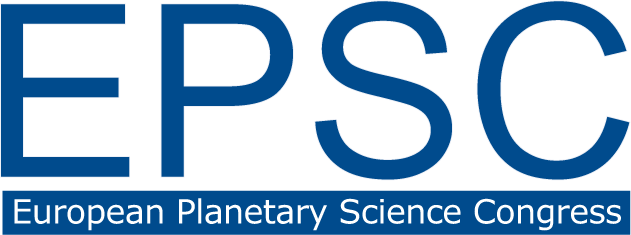Session programme
TP – Terrestrial Planets
Programme group coordinators: Gabriele Cremonese, Lena Noack, Ganna Portyankina, Jordan Steckloff
TP-IV – Comparative Planetology
TP16
Convener:
Travis Gabriel
|
Co-conveners:
Elena Martellato,
Martin Jutzi,
Robert Luther,
Natalia Artemieva,
Hiroshi Kobayashi,
Christoph Schäfer,
Kai Wünneman
TP17
Co-organized as OPS8
Convener:
Anni Määttänen
|
Co-conveners:
Michael Chaffin,
Francisco González-Galindo,
Majd Mayyasi,
Claire Newman,
Takehiko Satoh,
Dmitrij Titov
EXO7
Co-organized as TP18/OPS7
EXO5
Co-organized as TP19/OPS6
TP20
Convener:
Beatriz Sanchez-Cano
|
Co-conveners:
Christopher Fowler,
Xiaohua Fang,
Candace Gray,
Pierre Henri,
Matteo Crismani
TP21
EXO11
Co-organized as TP22/OPS5
Convener:
Shiblee Ratan Barua
|
Co-conveners:
Rosanna del Gaudio,
Felipe Gómez,
James O’Donoghue,
Conor Nixon
TP23
Co-organized as MIT11/EXO14
Convener:
Felipe Gómez
|
Co-conveners:
Barbara Cavalazzi,
Janice Bishop,
Jessica Flahaut,
Fulvio Franchi,
Karen Olsson-Francis,
Monica Pondrelli,
Angelo Pio Rossi


